Ancient Candy Around the World
Posted by Allyson Shenkman on Dec 13, 2023
Have you ever wondered how ancient civilizations ate candy? How about where the candy we know and love today came from? I know we at Bulk Candy Store have, so I took it upon myself to do some research on the old Google machine and find out! Join me in an adventure back in time to when bubblegum and jelly beans were things of the distant future...
Ancient Africa
Egypt is famous for its array of ancient sweets. It is thought that the Egyptians were some of the first to invent candy, where it can be traced to as far back as 2000 BCE there, according to candyhistory.net! In fact, one recipe for the traditional Egyptian dessert, Tigernut balls (basically balls of dates, walnuts, almonds, and honey), was found on a pottery fragment dating to almost 4,000 years ago! Check out that recipe courtesy of the Kelsey Museum of Anthropology at the University of Michigan here!

Egypt also is home to some of the first uses
of licorice. According to an article by The Nibble, ancient Egyptians used licorice root
to make drinks that would help treat various ailments like stomachaches. In
fact, licorice root was even found in King Tut’s tomb! This licorice drink,
called Mai Sus, is still enjoyed in Egypt today.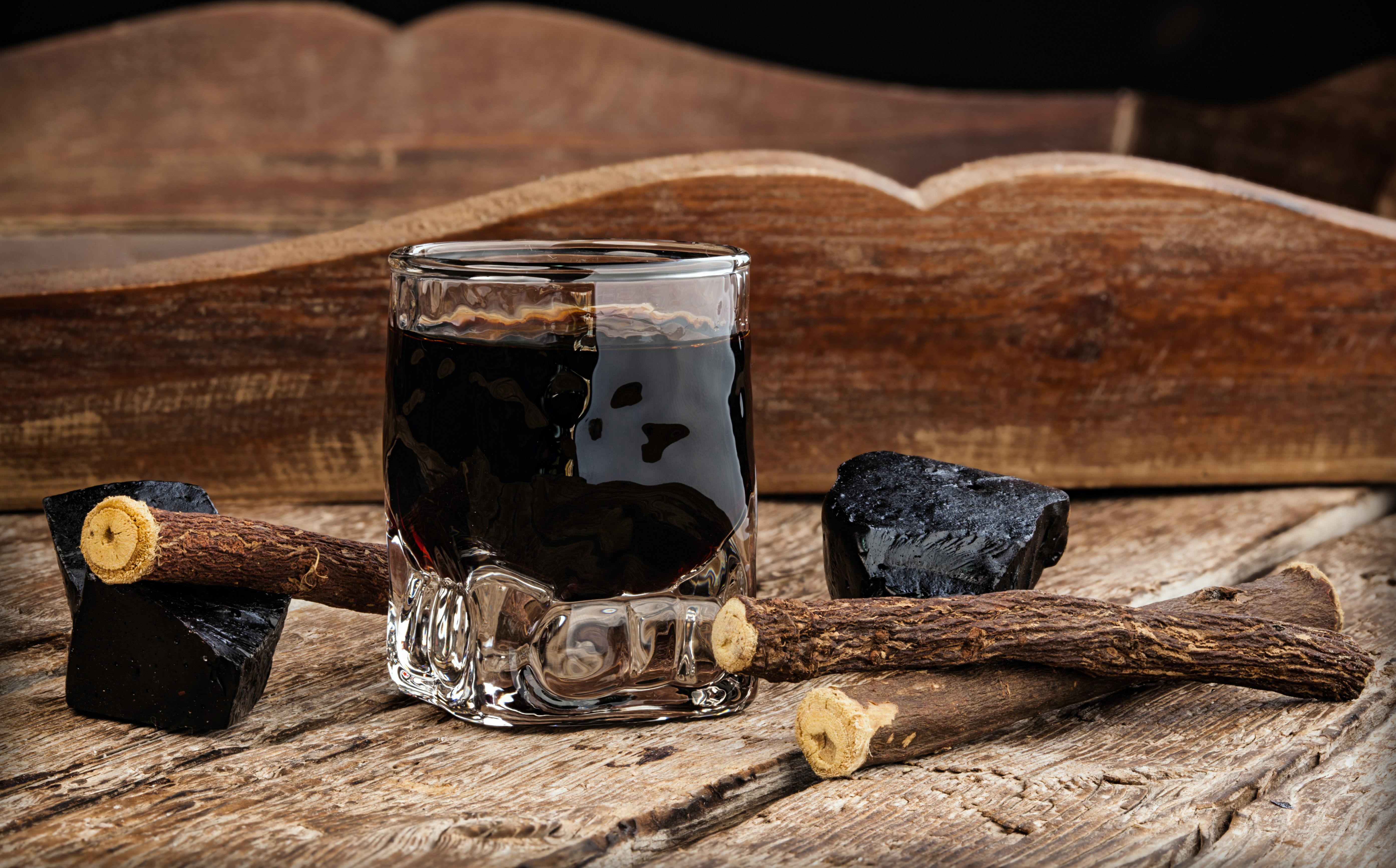
A variety of other traditional sweets are enjoyed throughout the African continent, but their origins do not seem to be well documented. Some of the most delicious traditional candies I could find include Meni-Meniyong, which, according to Food Network, is a treat enjoyed in Mali. This candy consists of honey, sesame seeds, and butter combined into a bar-shape form.
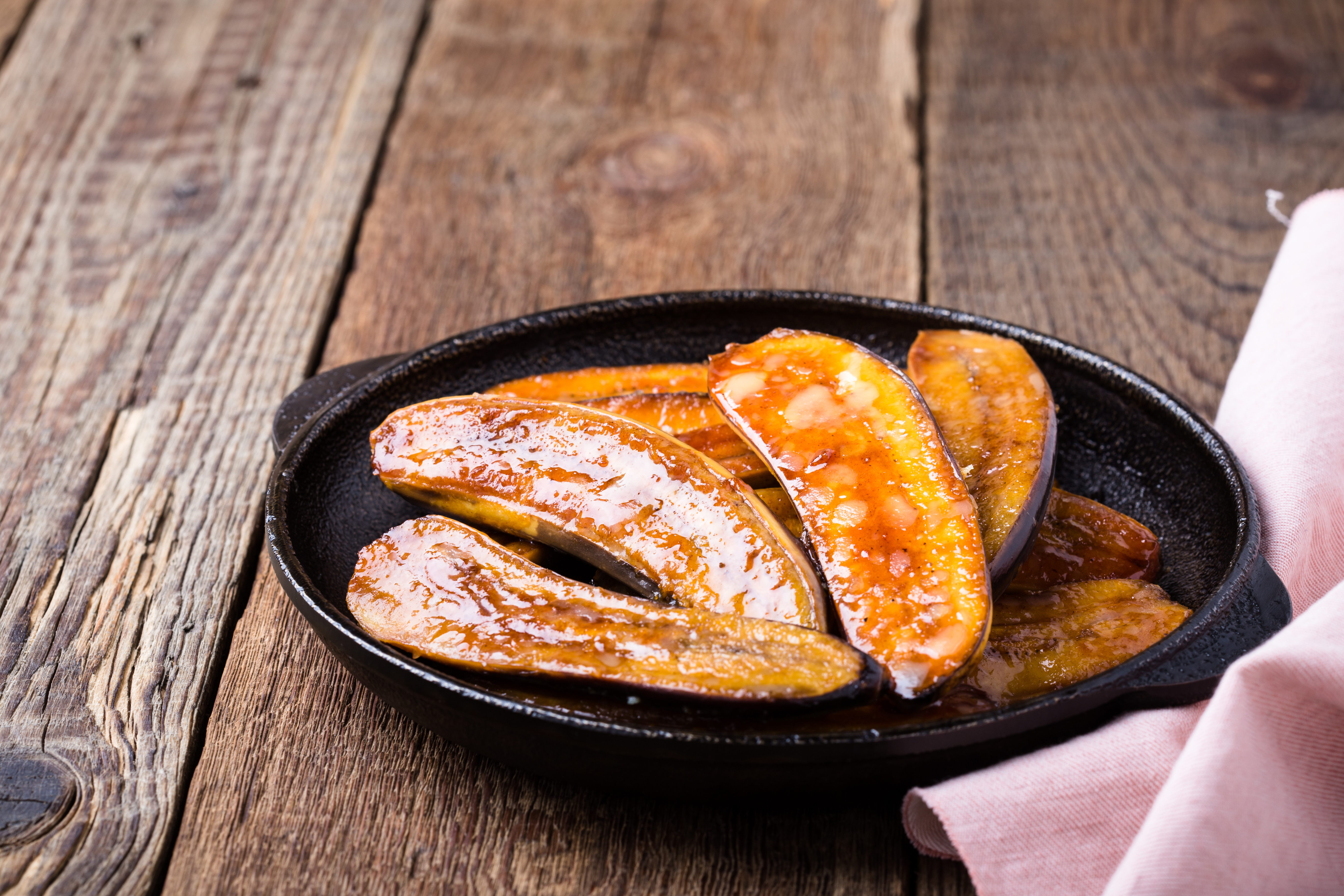
Another traditional sweet enjoyed in Africa is Akwadu, a dish originating in Equatorial Guinea. Akwadu consists of baked, caramelized banana covered in coconut flakes. You can find the recipe for this delicious sweet treat here courtesy of Polkadot Passport.
Ancient Asia
Dragon’s Beard candy is thought to have originated in China during the Han Dynasty (which flourished all the way back in 220 to 206 BCE!), according to an article published on Atlas Obscura. Apparently, some pulled sugar strands stuck to the face of the emperor, resulting in the name of the sweet treat. Dragon’s Beard candy is made by wrapping thousands of thin pulled sugar strands around a sweet filling, which can be made of peanut, sesame, coconut, and the likes. Once reserved exclusively for royals, this delicious candy is now available worldwide, and you can even make your own by following this delicious recipe courtesy of Instructibles!
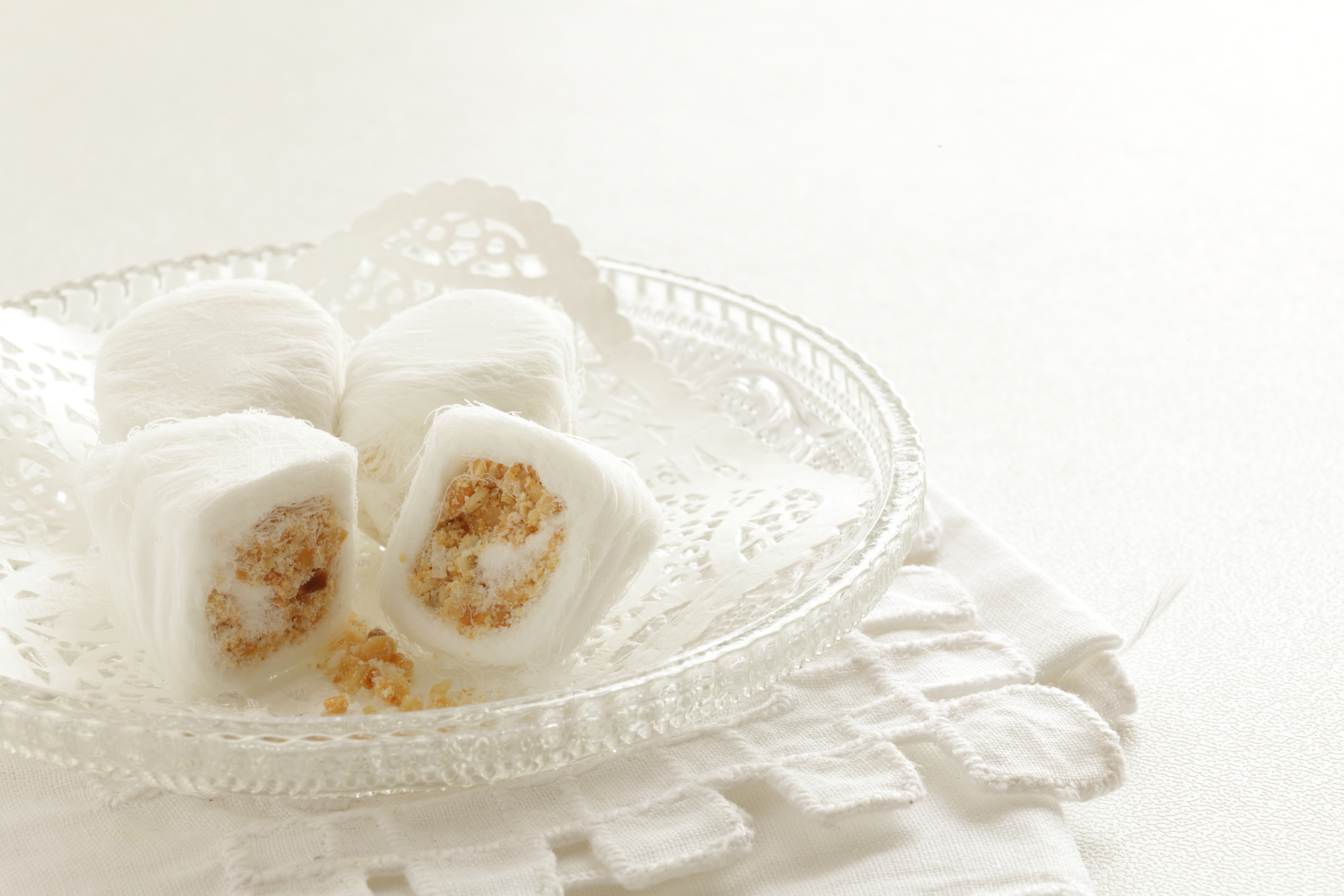
Kkul-Tarae is a regional variation of this delicate, delectable treat; it is made in Korea and also called Korean Court Cake! Read all about it on the Korean Food blog from Georgia State University here.
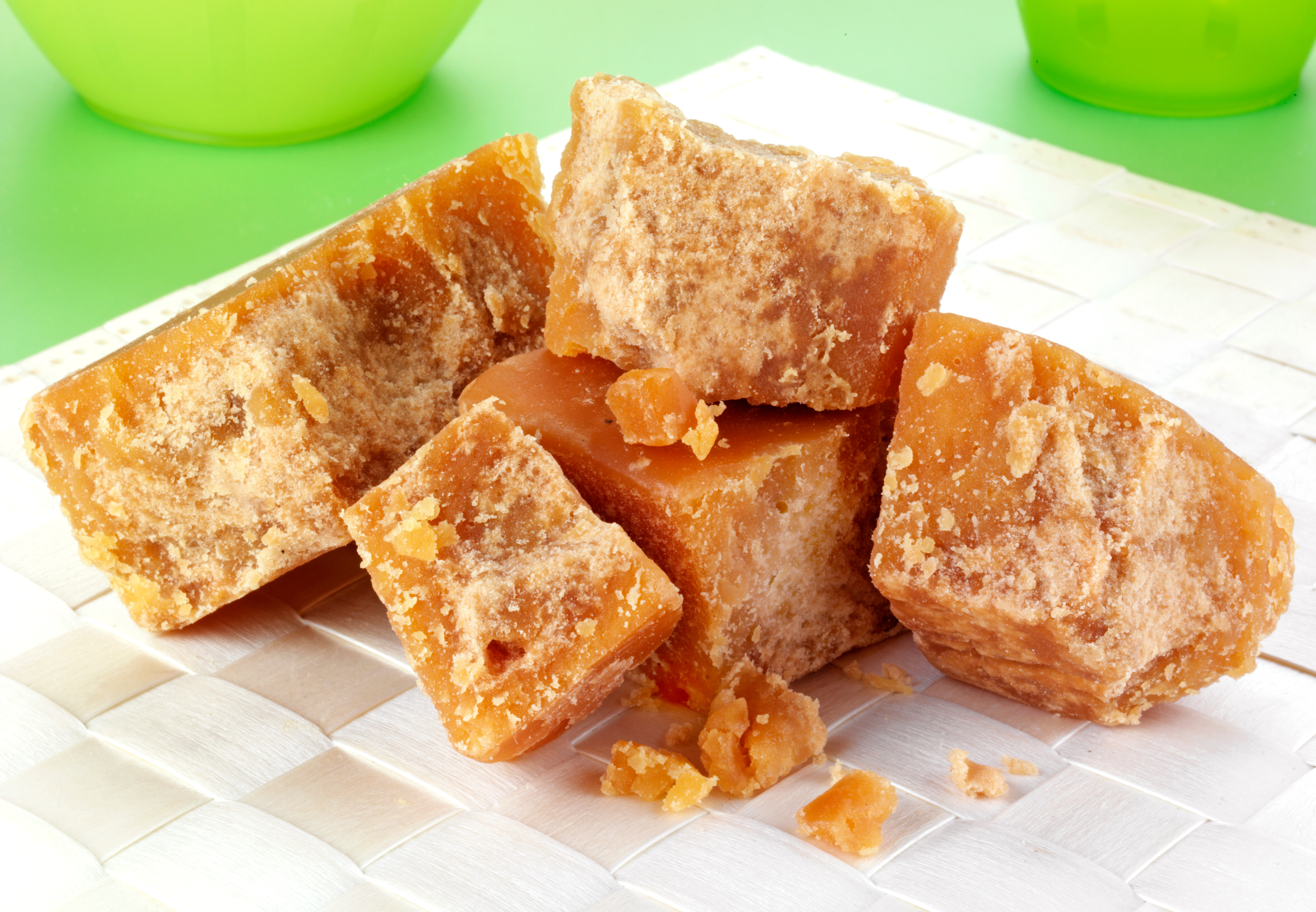 Another
indulgent treat from Asia is jaggery. Jaggery is basically a pure sugar block
enjoyed in South Asia, Africa, and the Americas that seems to have originated
on the Indian subcontinent, according to an article on SPICEography. The government of India states that
jaggery, or gur (the Indian name for jaggery) has been used for 3,000 years in
Ayurvedic medicine. Jaggery is basically raw brown sugar from sugar cane juice
and the sap of the date palm tree, according to Britannica, and it can be used in anything from
sweets to sauces for meat. It can even be used as an extra spice in curry!
Another
indulgent treat from Asia is jaggery. Jaggery is basically a pure sugar block
enjoyed in South Asia, Africa, and the Americas that seems to have originated
on the Indian subcontinent, according to an article on SPICEography. The government of India states that
jaggery, or gur (the Indian name for jaggery) has been used for 3,000 years in
Ayurvedic medicine. Jaggery is basically raw brown sugar from sugar cane juice
and the sap of the date palm tree, according to Britannica, and it can be used in anything from
sweets to sauces for meat. It can even be used as an extra spice in curry!
Ancient Americas
Ancient Central America was a hub for all things chocolate.
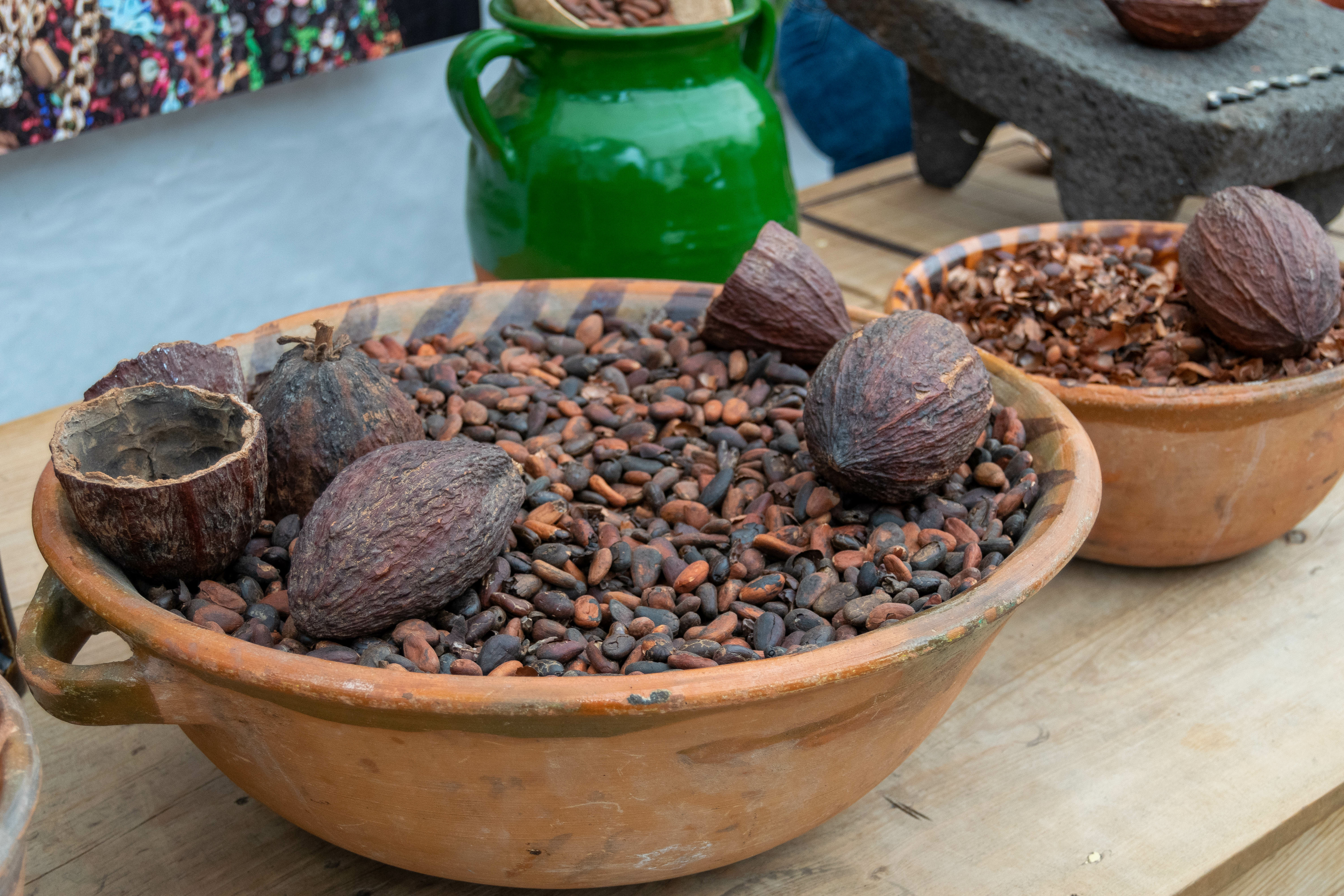
The Olmec civilization in southern Mexico was likely the first to make chocolate almost 4,000 years ago, according to the Smithsonian. While the Olmecs don’t have a written history, archaeologists have found Olmec pottery with traces of cocoa on them! The first use of cocoa beans was mainly fermenting them to make drinks and gruels, much different than the modern bars we love today. Chocolate was an important food to early Mesoamerican societies, and it became associated with royalty and special events. Archaeologists have even found paintings from the ancient Maya depicting cocoa beans in special occasions and court proceedings! You can find a delicious recipe for an ancient Mesoamerican chocolate drink called Xocoatl here!
Another Smithsonian article points out that Mesoamericans also enjoyed chewing gum from the resin of the sapodilla tree, according to Jennifer P. Mathews, author of Chicle: The Chewing Gum of the Americas, from the Ancient Maya to William Wrigley.
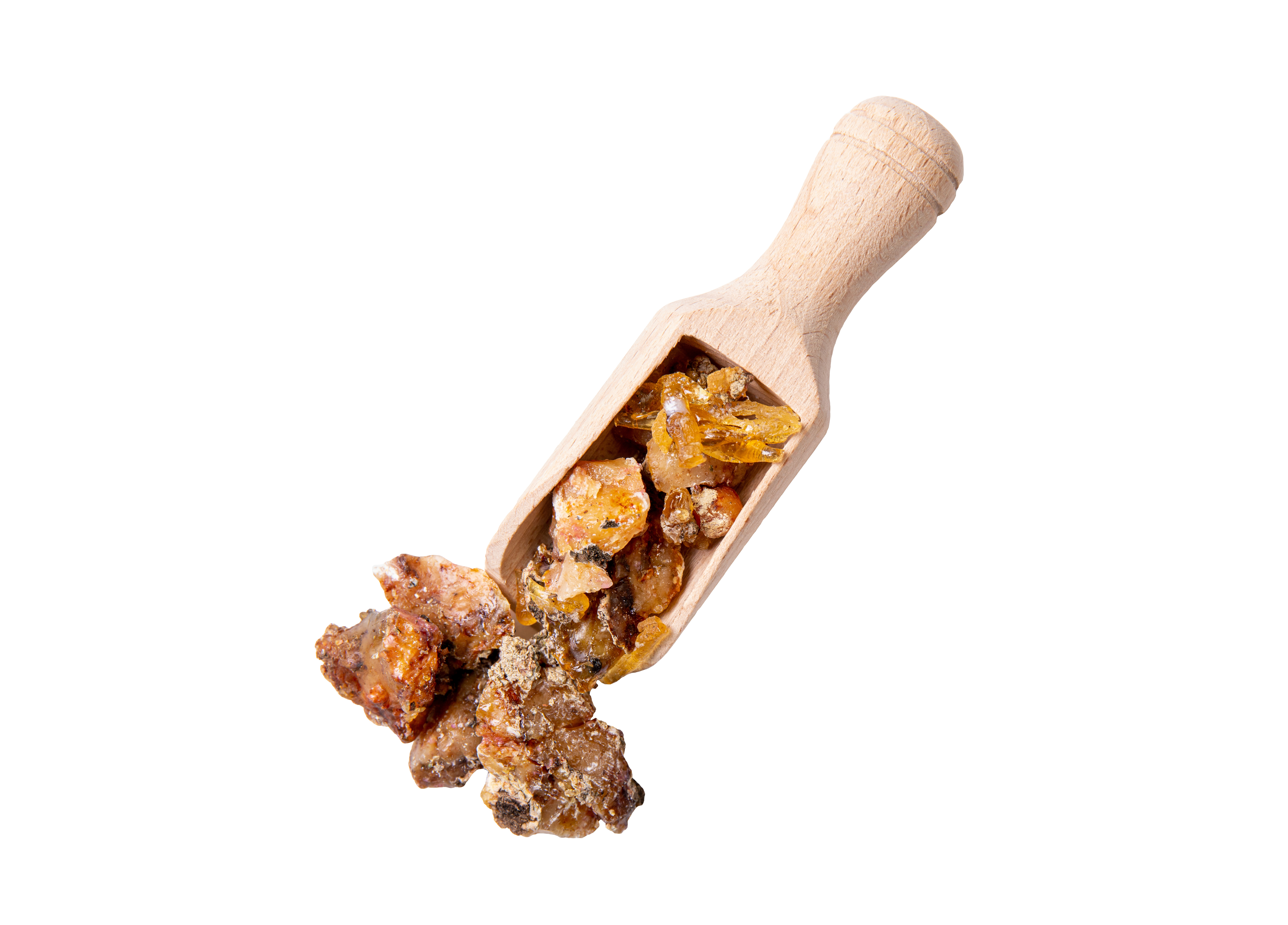
Indigenous groups in North America also chewed gum from the spruce tree, and it is still used as a sweet snack in Indigenous communities today, according to the Gwich’in Social and Cultural Institute.
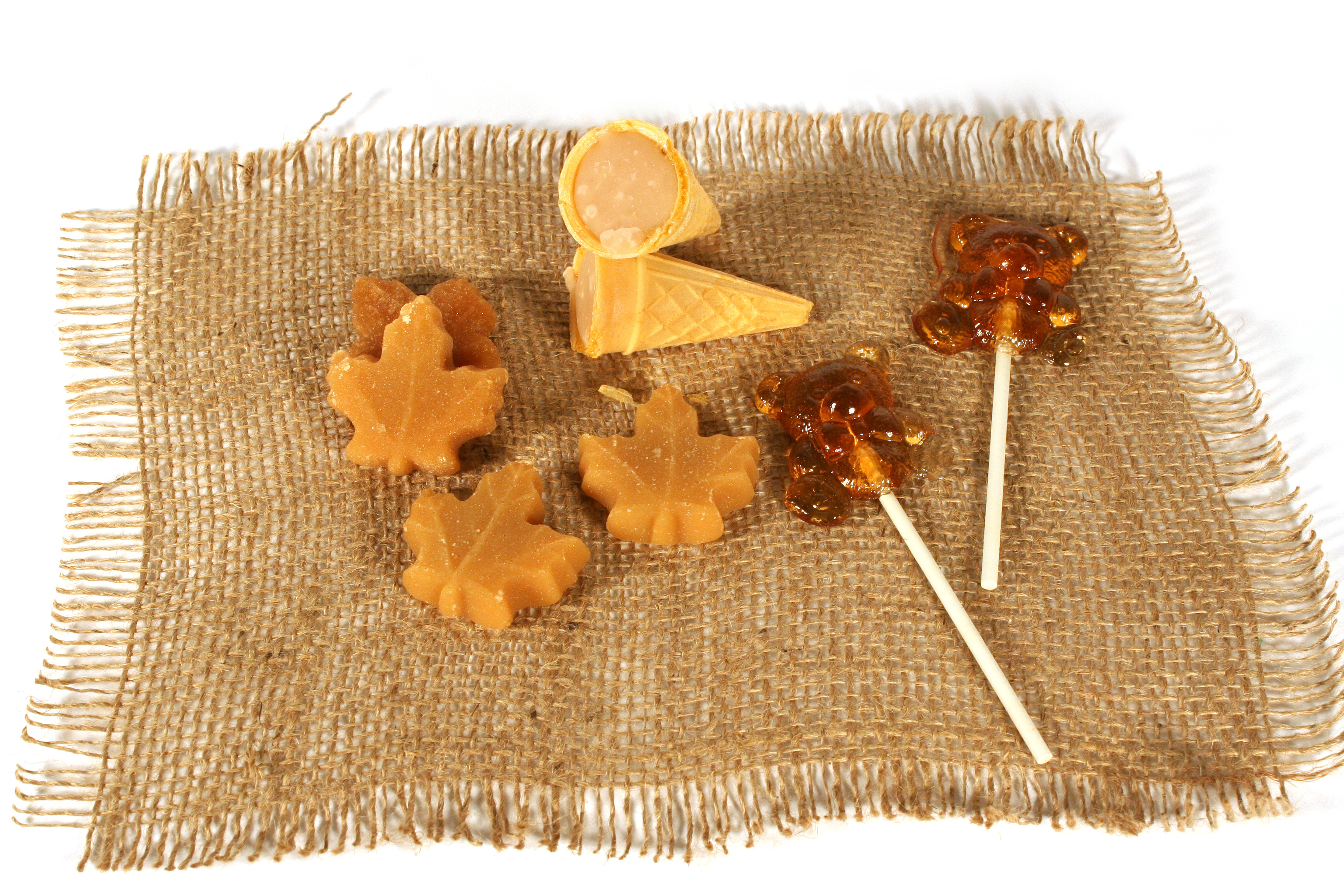
Maple sugar is another treat important to Indigenous North Americans according to Erik Redix, writer for the Minnesota Historical Society.
Maple sugar has been and still is an important food for the Ojibwe tribe of New England. The tribe obtains the sugar by boiling the sap of the Sugar Maple Tree which is found throughout the state of Minnesota. The process of harvesting and processing maple sugar has changed over thousands of years as technology changed, but it has remained a staple for the Ojibwe tribe today. Maple sugar can be molded to create a maple-leaf shaped treat called Maple Sugar candy, which is almost too pretty to eat. Almost.
Ancient Europe
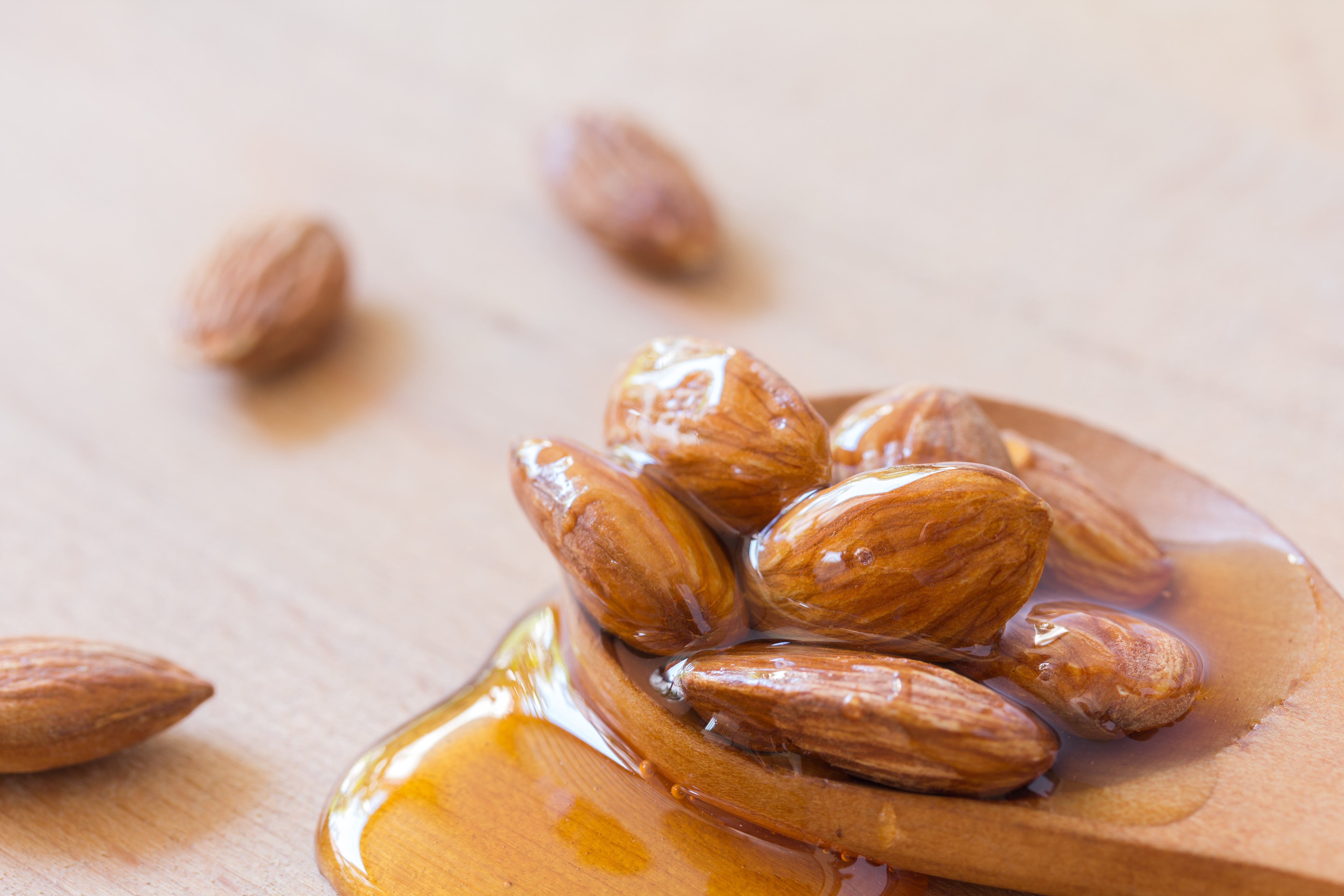
The ancient Greeks and Romans were especially fond of their sweets. Pasteli, or what is basically a candy bar made with sesame and honey, dates all the way back to Homeric times, according to the Greek Reporter. The Trojan soldiers were apparently given this sweet treat before battle to energize and get ready to fight. The historian Herodotus wrote in the 400s BCE that pasteli was made to be broken by hand in special occasions, and this tradition still continues in Greek weddings today!
In Rome, the predecessor of our delicious Jordan Almonds were first made in 177 BCE by confectioner Julius Dragatus, according to Candy Atlas. These ancient dagrati were almonds coated honey and enjoyed by the Roman nobility. The name for these ancient sweets probably somehow influenced another word for the modern Jordan Almond, the dragée.
Summing it Up
Wow! It certainly looks like candy was a thing WAAAY before we once thought! I can’t believe that some of these treats have been around for thousands of years! Now excuse me, I’m going to go munch on some candy...this article is making me hungry.
Want to learn more about the sweet history of candy? Check out our History of Candy Tour that was completely designed and built by our team here at Bulk Candy Store! These approximately 45-minute tours include awesome candy facts and delicious candy samples, and all guests will get 15% off on all in-store purchases after! So if you’re in town, you definitely can’t miss this...come on in today!


